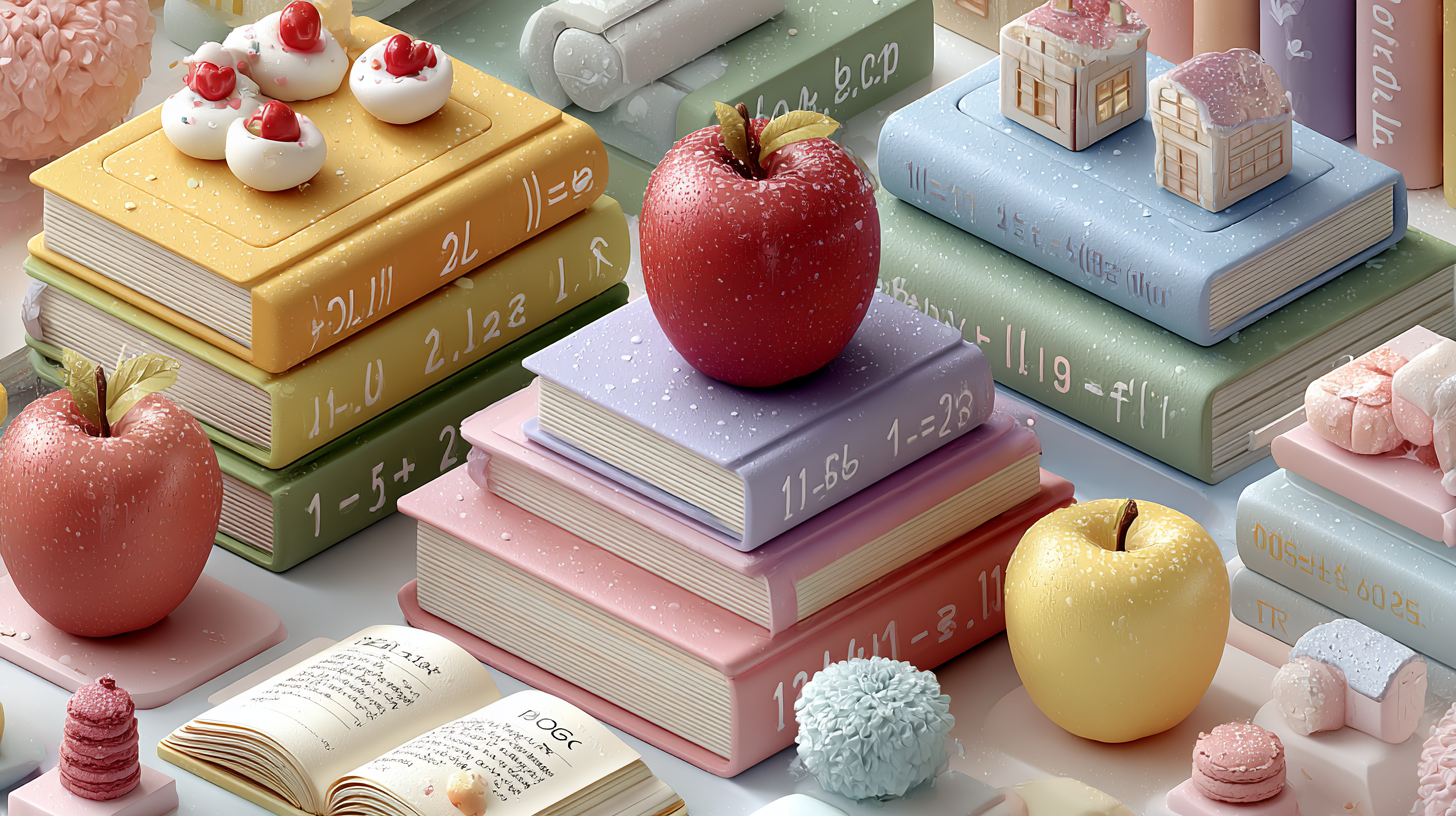You know that moment when your four-year-old suddenly counts all the apples in a picture book without being asked? I experienced this magical breakthrough just last week with my youngest while reading “Ten Apples Up On Top.” As a former middle and high school math teacher turned mom of a first-grader and a preschooler, I’ve witnessed countless students struggle with basic number concepts because they missed crucial early foundations.
The truth is, mathematical thinking doesn’t begin with worksheets or flashcards. It starts with stories, conversations, and those precious moments when children naturally connect numbers to their world. Picture books offer an incredibly powerful yet often overlooked pathway to building strong number sense in our youngest learners.

1. How Picture Books Help Kids Recognize Numbers Naturally
Picture books present numbers in context rather than isolation, which helps children understand that mathematics exists everywhere around them. When we read “The Very Hungry Caterpillar,” children naturally count along as the caterpillar munches through one apple, two pears, and three plums. This repetitive exposure helps solidify number recognition without the pressure of formal instruction.
The visual elements in picture books support different learning styles simultaneously. Children see the numeral, count the objects, and hear the number word spoken aloud. This multi-sensory approach creates stronger neural pathways for number comprehension than traditional drill-and-practice methods.
Research consistently shows that children who engage with math concepts through literature demonstrate better retention and transfer of skills to new situations. Picture books provide the narrative structure that makes abstract mathematical concepts concrete and memorable.
💡 Teacher Mom Tip: Choose books with clear, countable illustrations. Books like “Chicka Chicka 1, 2, 3” and “Mouse Count” are perfect for beginning number recognition because the objects are distinct and easy to identify.
2. Boosting One-to-One Correspondence Through Story Reading
One-to-one correspondence – the understanding that each object gets counted exactly once – forms the foundation of all mathematical thinking. Picture books naturally encourage this skill as children point to and count objects on each page. I’ve watched my first-grader spontaneously touch each item while counting, demonstrating this crucial concept in action.
Interactive reading sessions become powerful learning opportunities when we encourage children to physically engage with the counting process. Allowing them to use their finger to track each object helps reinforce the connection between the spoken number word and the actual quantity.
Books with cumulative counting patterns, like “Over in the Meadow” or “Roll Over! A Counting Song,” provide repeated practice with one-to-one correspondence. Children hear the same numbers multiple times while seeing different representations, strengthening their understanding through variety and repetition.
💡 Teacher Mom Tip: Pause during reading to let your child count aloud. Don’t rush to correct mistakes – let them work through the counting process naturally, then gently guide them if needed.
3. Teaching “More vs. Less” Through Story Context
Picture books excel at presenting quantity comparisons in meaningful contexts that children can easily grasp. Stories like “More, Fewer, Less” by Tana Hoban help children understand relative quantities without abstract explanations. When characters in stories have more cookies or fewer toys, children internalize these concepts through narrative rather than rote memorization.
The emotional connections formed through storytelling make mathematical concepts more memorable and meaningful. Children remember that the three little pigs each had different quantities of building materials because they’re invested in the story outcome, not because they’re trying to memorize math facts.
Comparison concepts naturally emerge through picture book discussions. Questions like “Who has more?” or “Which group has fewer?” feel like story exploration rather than math interrogation, making children more willing to engage and think deeply about quantity relationships.
💡 Teacher Mom Tip: Use everyday language during reading. Instead of always saying “greater than” or “less than,” use words like “more,” “fewer,” “bigger group,” and “smaller amount” to build natural mathematical vocabulary.
4. Early Addition and Subtraction Through Narrative Play
Picture books present addition and subtraction as natural story events rather than abstract operations. When five little ducks go out to play and one doesn’t come back, children experience subtraction as part of a narrative journey. This contextual approach helps them understand that math operations describe real-world changes and relationships.
Stories with predictable patterns help children anticipate mathematical outcomes before they consciously understand the operations involved. Books like “Ten in a Bed” or “Five Little Monkeys” create opportunities for children to predict what number comes next, building logical thinking skills alongside mathematical understanding.
The repetitive nature of many counting books allows children to internalize addition and subtraction patterns through familiarity rather than forced memorization. They begin to understand that taking away always makes groups smaller and adding always makes them bigger, fundamental concepts for future mathematical success.
💡 Teacher Mom Tip: Act out the math stories with toys or snacks. When reading “Five Little Ducks,” use actual toy ducks to physically demonstrate the subtraction happening in the story.
5. How Storytime Builds Math Vocabulary and Thinking Skills
Picture books provide rich contexts for developing mathematical vocabulary naturally. Instead of teaching isolated terms, children encounter words like “altogether,” “left,” “how many,” and “equal” within meaningful story situations. This contextual learning helps children understand not just what mathematical terms mean, but when and how to use them appropriately.
The discussion opportunities that arise from picture book reading far exceed the mathematical content of the book itself. Children ask questions, make predictions, and share observations that extend learning beyond the pages. These conversations build critical thinking skills that support all future mathematical learning.
Regular exposure to mathematical language through stories helps children become comfortable with math talk before they encounter formal mathematical instruction. They develop confidence in using mathematical terms and concepts because these ideas feel familiar and accessible rather than foreign and intimidating.
💡 Teacher Mom Tip: Don’t worry about using “correct” mathematical terminology with very young children. Focus on building understanding first, then gradually introduce more precise language as their comprehension develops.
“Why Math Belongs in Every Bedtime Story”
The magic of picture books lies in their ability to make mathematical thinking feel natural and enjoyable rather than forced or frightening. When we integrate quality literature into our children’s mathematical experiences, we’re not just teaching numbers – we’re building positive relationships with mathematical thinking that will serve them throughout their educational journey.
Mathematics doesn’t have to begin with anxiety or struggle. Through the power of storytelling, we can help our children discover that numbers are fascinating, useful, and everywhere around them, waiting to be explored through the pages of their favorite books.
“Every bedtime story becomes a math lesson when you’re intentional about the magic hidden in those pages.”
